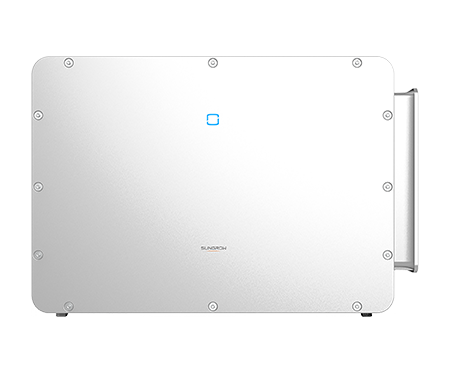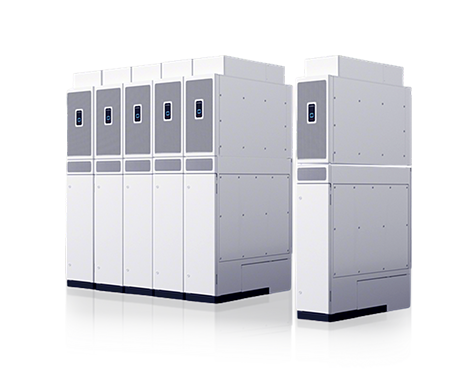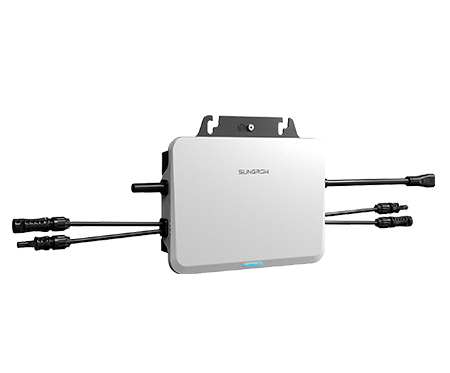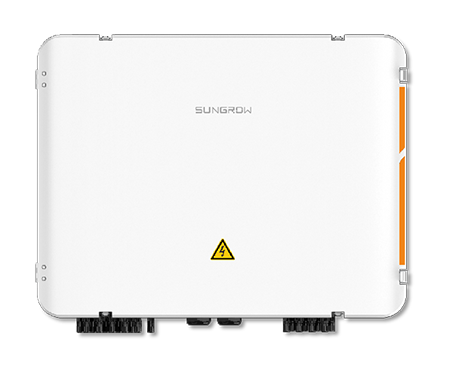The Ultimate Guide to Installing a Balcony Solar System
2025-4-23
Balcony solar systems are gaining popularity as a compact, urban-friendly, and cost-effective way to generate renewable energy. They provide apartment dwellers and homeowners with limited space an opportunity to harness solar power efficiently. With advancements in microinverters, these systems have become more efficient and accessible than ever.
In this guide, we will cover everything you need to know about installing a balcony solar system, optimizing its performance, and maintaining it for long-term benefits.
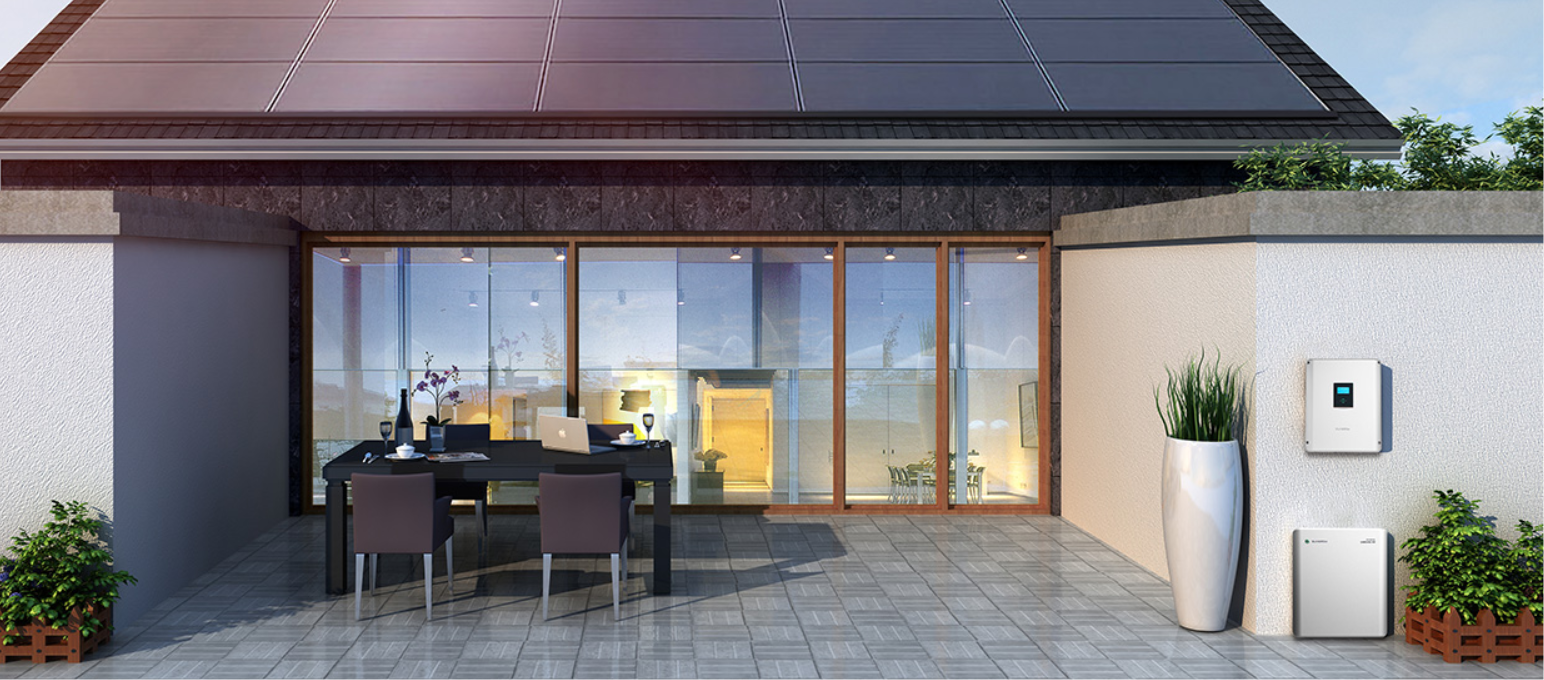
What is a Balcony Solar System?
A balcony solar system is a small-scale photovoltaic (PV) setup designed for balconies, terraces, or other compact outdoor spaces. Unlike traditional rooftop solar installations, balcony solar systems are ideal for renters, apartment owners, and those with limited roof access.
Key Components
A typical balcony PV system consists of:
Solar panels – Convert sunlight into electricity.
Mounting brackets – Securely attach panels to the balcony railing or wall.
Microinverters – Convert DC power from panels into usable AC power.
Benefits of Balcony Solar Systems
Space-efficient: Ideal for apartments and urban living.
Easy to install: No complex structural modifications required.
Cost-effective: Low initial investment compared to rooftop systems.
Low maintenance: Minimal upkeep compared to larger solar installations.
How to Install Solar Panels on a Balcony
Installing a balcony solar system involves several key steps to ensure maximum efficiency and safety. Proper planning and execution will help you make the most of your system.
Step 1: Assessing Your Balcony
Before installation, evaluate:
Sunlight exposure: Ensure your balcony gets adequate direct sunlight.
Space availability: Measure the area for panel placement.
Structural integrity: Confirm that the railing or wall can support the weight.
Local regulations: Check building codes and HOA rules regarding solar panels.
Step 2: Choosing the Right Equipment
Select high-efficiency solar panels designed for limited spaces. Pair them with microinverters, which improve performance in partial shading.
Step 3: Installing the Solar Panels
Secure mounting brackets onto the balcony railing or wall. Ensure a sturdy and angled placement to maximize sunlight exposure.
Step 4: Wiring and Connection
Connect the solar panels to microinverters, which convert DC to AC power. Then, connect the inverter to your apartment’s power system using a standard plug-in or dedicated circuit.
Step 5: Testing and Commissioning
Once installed, check all electrical connections. Monitor output using the microinverter’s mobile app or online platform. If performance is low, adjust the panel tilt or check for obstructions.
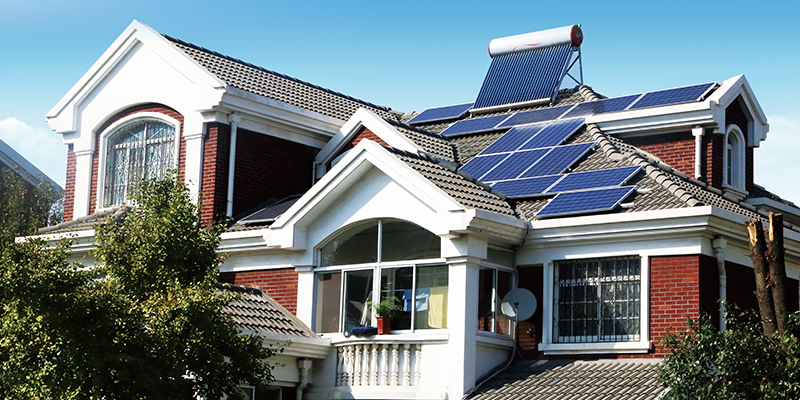
Advantages of Balcony Solar Systems with Microinverters
Microinverters play a crucial role in optimizing the performance of balcony solar systems. They offer several advantages over traditional string inverters, making them an excellent choice for small-scale installations.
1. Efficiency
Microinverters optimize power production at the panel level, preventing losses due to shading or partial obstruction.
2. Safety
Unlike traditional string inverters, microinverters operate at a lower DC voltage, reducing the risk of electrical hazards.
3. Ease of Installation
Microinverters simplify wiring, making DIY installation easier and reducing setup time.
4. Scalability
A microinverter system allows you to add more panels over time without replacing the entire system.
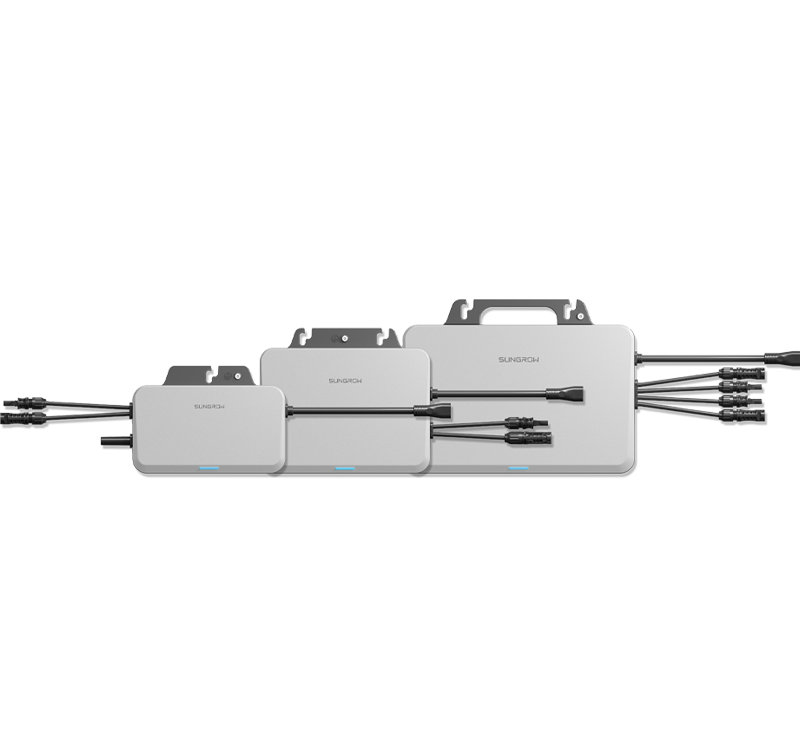
Maintenance and Best Practices
To ensure your balcony solar system operates efficiently for years, regular maintenance and monitoring are essential. Following best practices can help you avoid common issues and maximize performance.
Routine Cleaning and Inspection
Clean panels regularly to remove dust and debris.
Inspect mounts and wiring to ensure stability and safety.
Monitoring System Performance
Use monitoring apps to track energy production and detect issues.
Sungrow’s platform provides real-time performance insights.
Common Issues and Troubleshooting
Low output? Check for shading, dirt buildup, or loose connections.
Microinverter not responding? Restart the system and verify connections.
Battery not charging? Inspect for firmware updates or faulty wiring.
Conclusion
Installing a balcony solar system is an affordable and effective way to generate clean energy in small spaces. You can also maximize efficiency, reduce grid reliance, and enjoy long-term energy savings.
For a reliable and high-performance setup, consider Sungrow’s microinverters to create a sustainable and efficient balcony solar system.
